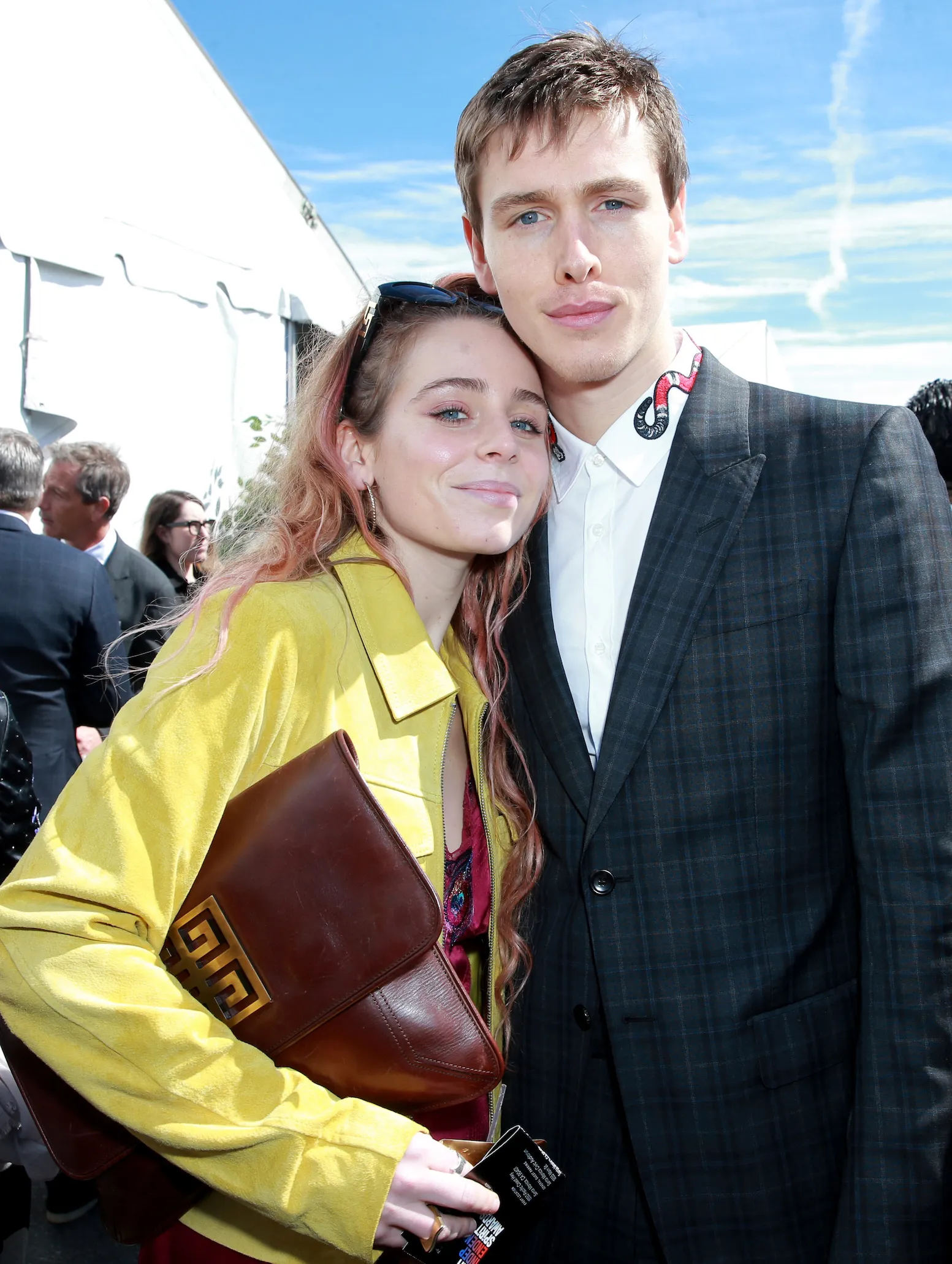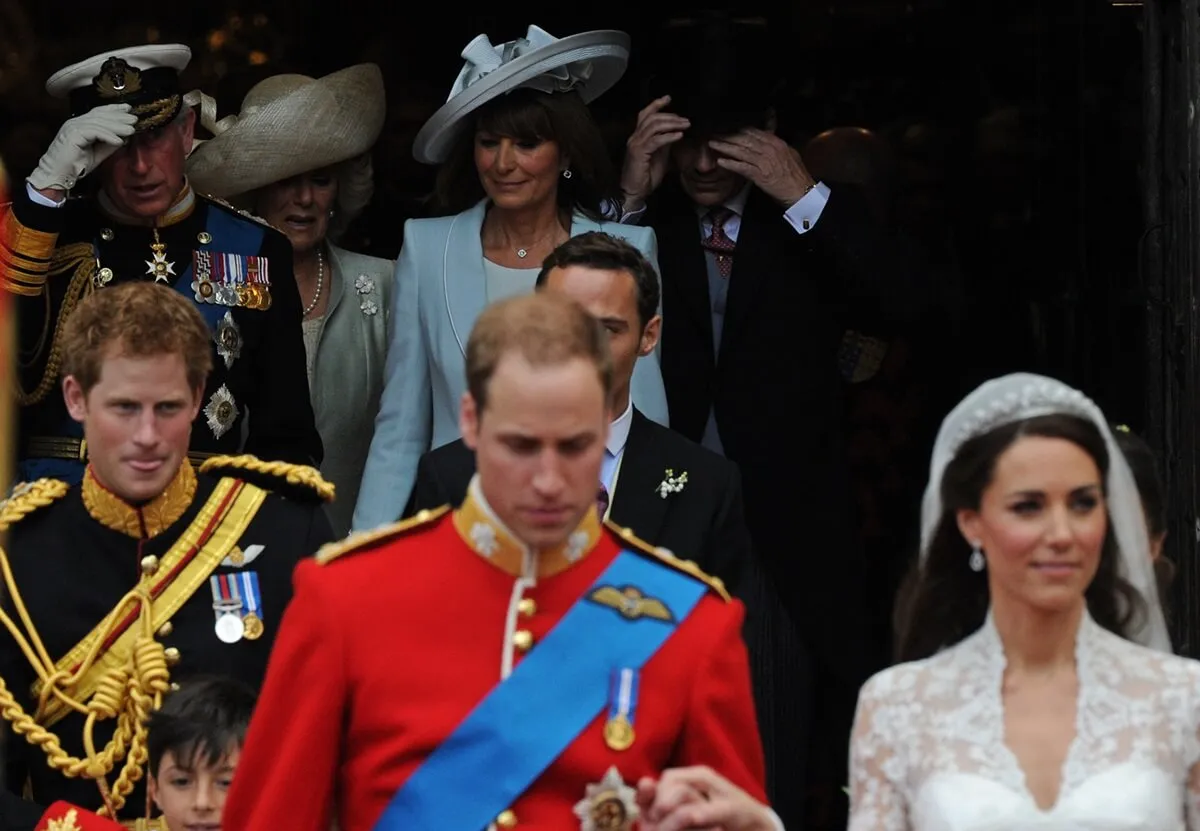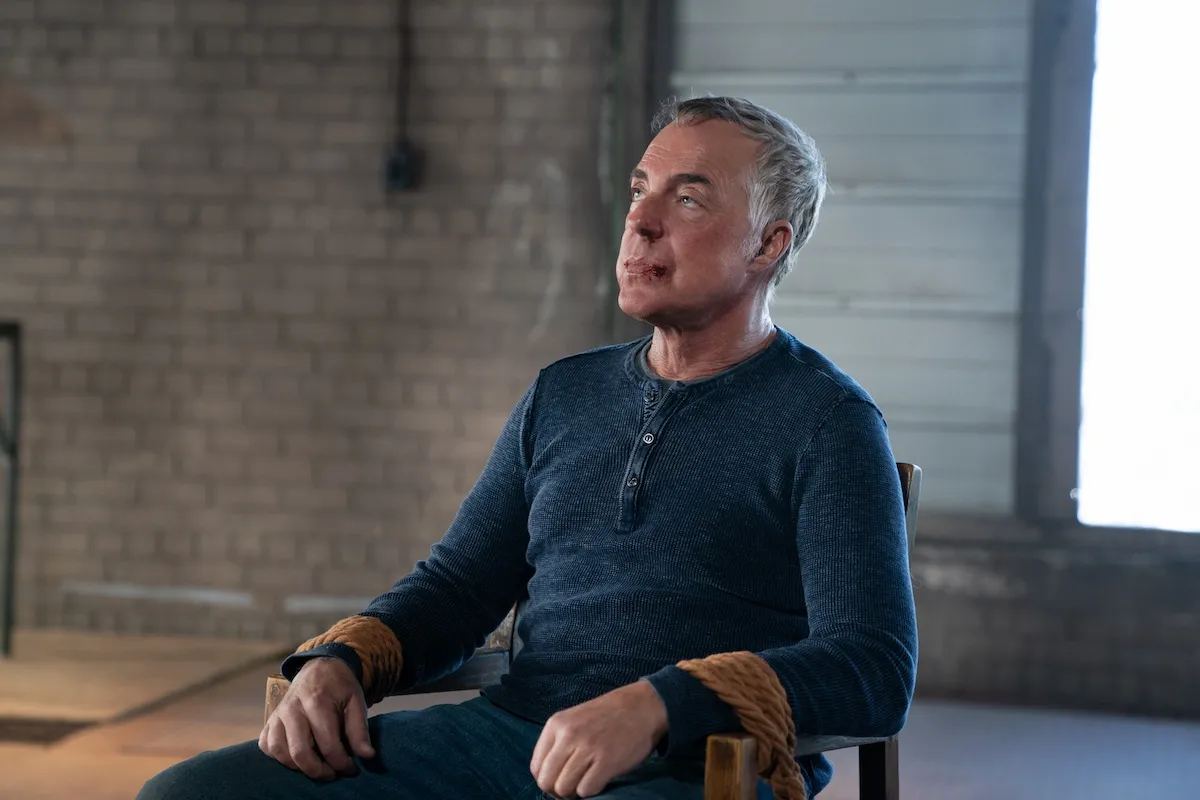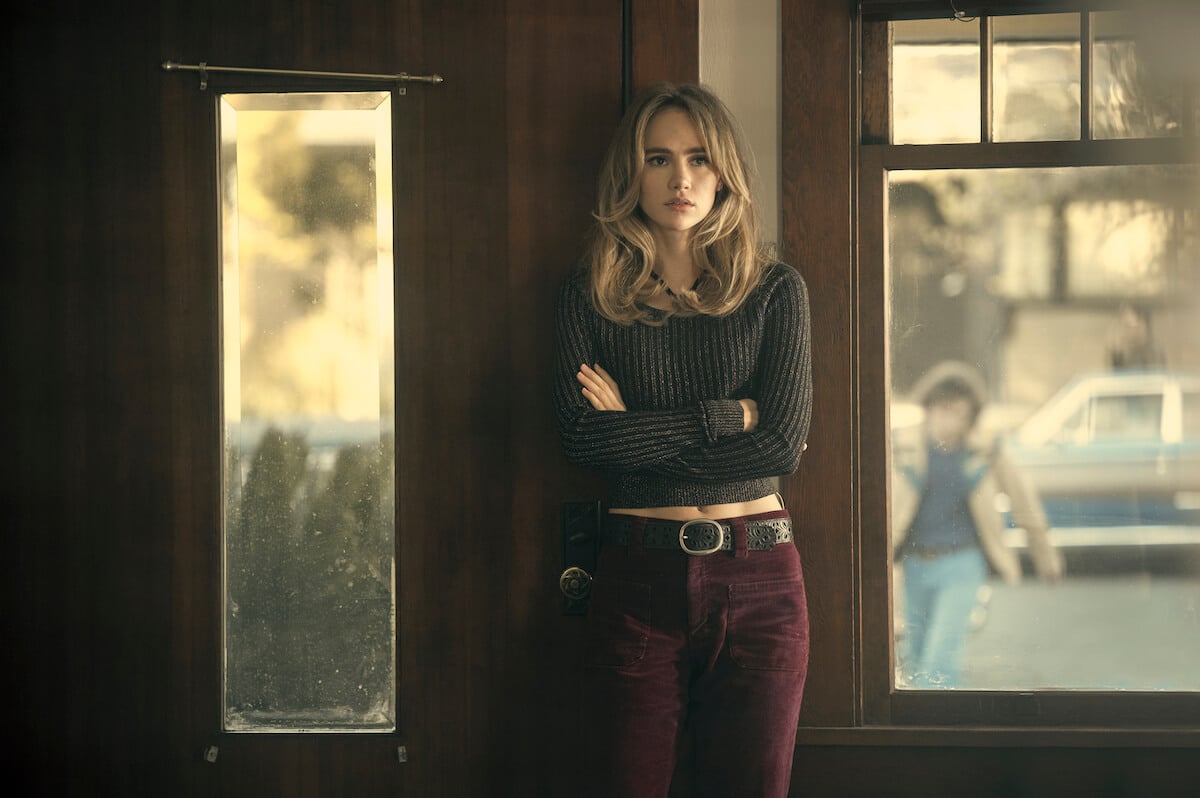
Christine McVie Wasn’t Suki Waterhouse’s Only ‘Daisy Jones & The Six’ Inspiration
When you bring a fictional rock band from the 1970s to life on screen, inspirations abound. Daisy Jones & The Six, a beloved novel from Taylor Jenkins Reid that has been adapted into an Amazon Prime Video limited series of the same name, is rife with nods to one of the greatest rock’n’roll eras of all time. And yet, it also seeks to carve out a space for its own identity, both in its appearance on screen and in the original music that comes from the project.
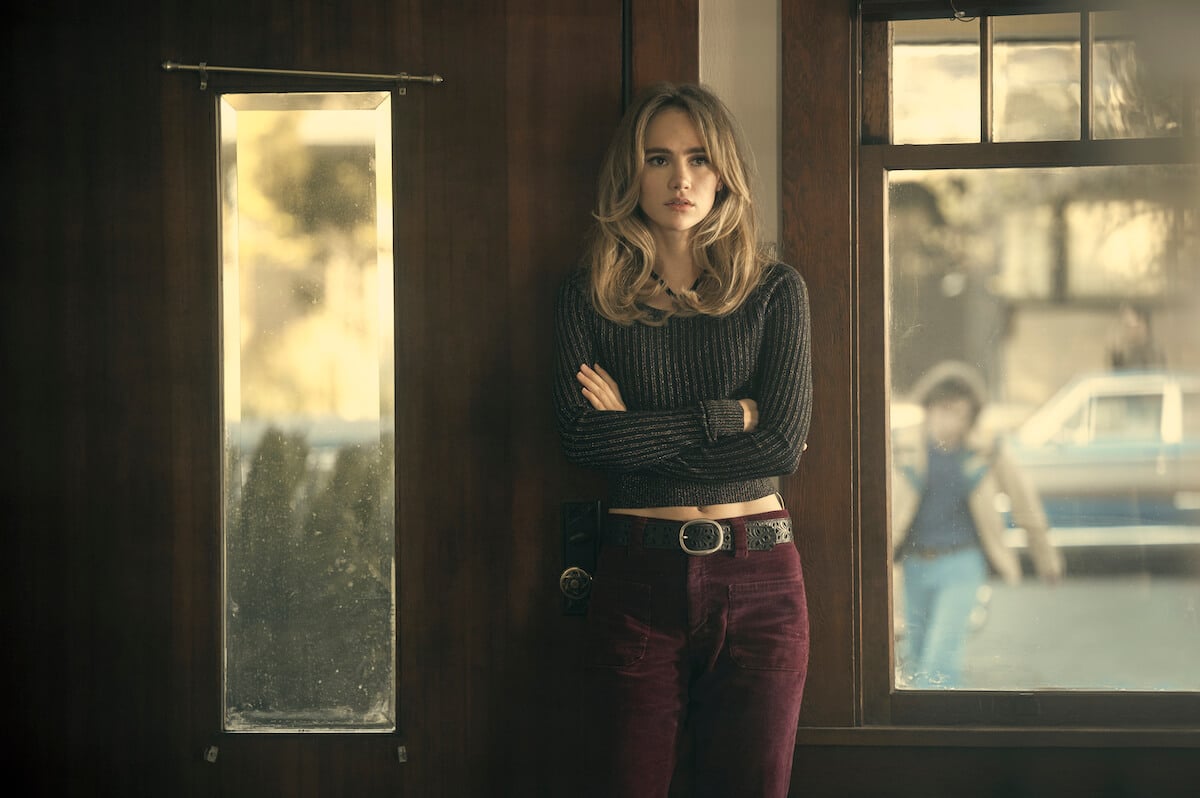
Suki Waterhouse, who plays keyboardist Karen Sirko in Daisy Jones, had plenty to work with when it came to finding sources of inspiration. Some were obvious choices, like Fleetwood Mac’s own keyboardist Christine McVie. Others are a bit more obscure, and helped Waterhouse craft a nuanced, complex identity for her on-screen persona.
‘Daisy Jones’ was loosely inspired by Fleetwood Mac
Reid, who is also the author of Malibu Rising and The Seven Husbands of Evelyn Hugo, watched one performance of Stevie Nicks singing “Landslide” while fellow Fleetwood Mac band member Lindsey Buckingham looked on. Reid said the glances between the two vocalists were so charged, and looked so much like two people in love.
“And yet, we’ll never truly know what lived between them,” she wrote in a blog post summarized by Vanity Fair. “I wanted to write a story about that, about how the lines between real life and performance can get blurred, about how singing about old wounds might keep them fresh.”
In Daisy Jones, Nicks is personified by Daisy (played by Riley Keough), with Buckingham a loose model for Billy Dunne (Sam Claflin). The band has five other members, including Dunne’s brother Graham (Will Harrison) and Waterhouse’s Sirko.
Graham Dunne and Karen Sirko’s relationship dynamic follows a similar trajectory as Fleetwood Mac’s John and Christine McVie, who married in 1968 and divorced in 1976, but stayed together in the band following their split. Waterhouse told E! News that Fleetwood Mac was “definitely” a key influence as she prepared for the role, along with other iconic female performers in the ‘70s. She name-dropped Patti Smith, Suzi Quatro, and Debbie Harry as inspirations.
Waterhouse was also inspired by Nickey Barclay from the all-female band Fanny
Though Waterhouse had some obvious women to emulate for her role, she also was heavily influenced by a lesser-known, more reclusive rock star. Over the course of preparing to embody Sirko, Waterhouse discovered more about a keyboardist named Nickey Barclay, who was part of the all-female rock band Fanny.
Barclay and Fanny aren’t always as well known in pop culture today: The band performed for four years between 1970 and 1974 before dissolving. Barclay is notoriously reluctant to be in the limelight today and said in one rare interview, according to Fanny Rocks, that she left the music business altogether after a series of foul interactions with Fanny’s manager.
Regardless of the flash-in-the-pan band existence, the foursome made quite an impact: David Bowie called them “extraordinary” and said their influence was up there with the Beatles, Led Zeppelin, and Bruce Springsteen, per Classic Rock History.
For her part, Waterhouse said she was struck by the rawness and impact performing in Fanny had on Barclay. For Waterhouse, those nuanced emotions were part of how she developed the backstory for Sirko. “There’s one interview that really kind of broke my heart,” Waterhouse said in an interview on the Kyle Meredith with… podcast. “I still read it to kind of connect with the character.”
Waterhouse has her own album and learned the organ for ‘Daisy Jones’
Some of Waterhouse’s castmates were novices in the music scene. Claflin, for example, thought “Come Together” was a Michael Jackson hit during his audition, not performed by the Beatles. And though Keough is Elvis Presley’s granddaughter, she took vocal lessons for months to make sure she could perform the show’s original tracks without needing a vocal stunt person.
Waterhouse began her career as a model but has since released music of her own; In 2022, she released her first studio album, I Can’t Let Go. The vocals for Daisy Jones might not have been a stumbling block in that case, but Waterhouse did set out to learn the keys for her role.
In fact, the cast was supposed to start filming in early 2020, but the pandemic forced a series of delays. Waterhouse posted up in her London apartment and moved an entire Hammond B-3 organ into her home — a classic instrument that was a keyboardist’s frequent pick in the ‘70s. Waterhouse practiced upwards of three hours per day during those filming delays, she told Meredith in his podcast.
“By the end, I was playing Bach and all this crazy stuff,” she said. And though the end goal was to perform in Daisy Jones with authenticity, Waterhouse said she appreciated the opportunity it gave her as a musician as well. “I think we’ve done about 20 original songs for the show. It was great for me to be able to learn a whole new instrument. Not so great for the neighbors…but great for me.”
Daisy Jones & The Six releases new episodes each Friday in March on Prime Video. The two finale episodes air Friday, March 24.
